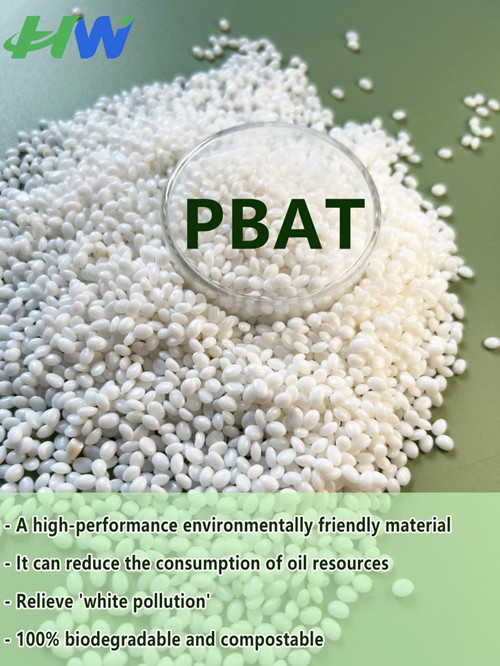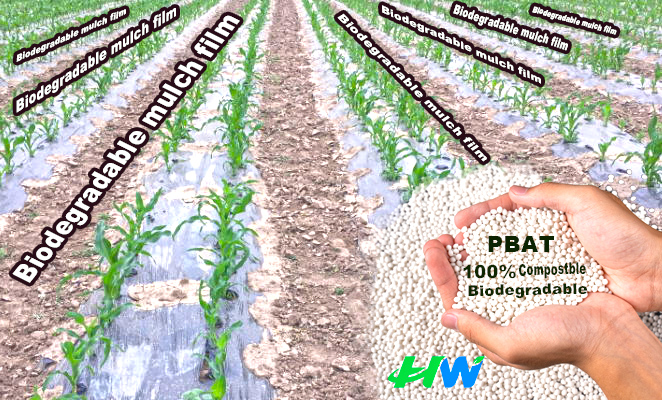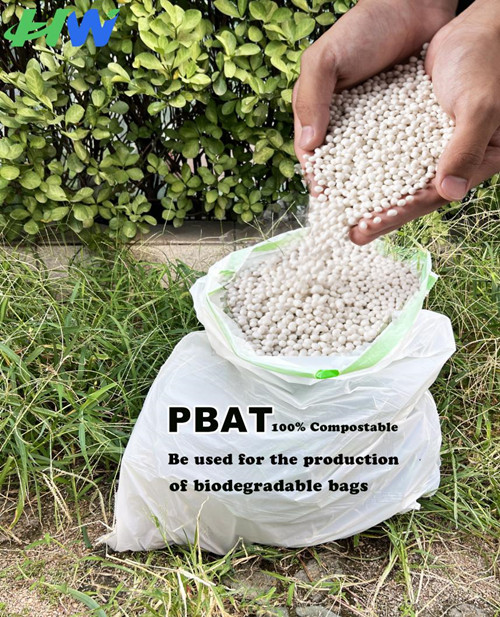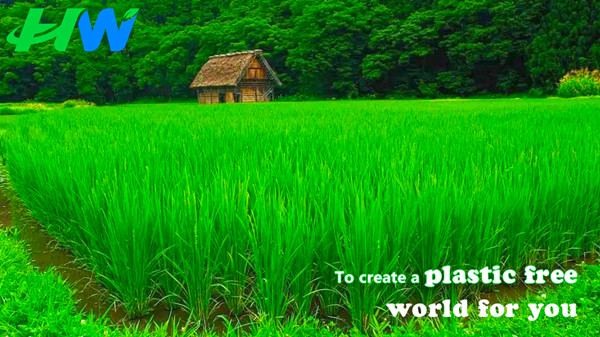With the increasing global environmental protection efforts, "plastic restrictions" have been implemented in more than 60 countries. PBAT, as a biodegradable raw material, plays an important role in the field of environmental protection. Many biodegradable products have added this raw material to make the natural environment more environmentally friendly and low-carbon.

PBAT, Polyethylene terephthalate (polybutylene adipate) is a biodegradable plastic composed of a copolymer of polybutylene adipate (PBA) and polybutylene terephthalate (PBT). It has excellent biodegradability, good ductility, elongation at break, heat resistance, and impact resistance. The production technology barrier of PBAT is not high, and complete process packages can be purchased in the market. Its production raw materials mainly include terephthalic acid (PTA), adipic acid (AA), and butanediol (BDO). The cost of PBAT mainly comes from raw materials, with BDO accounting for the highest proportion. With the improvement of environmental awareness, the demand for biodegradable plastics from businesses and consumers continues to increase, and the market size of PBAT is growing rapidly. Its application areas mainly include plastic packaging films, agricultural films, disposable plastic bags, and disposable tableware.

PBAT is a polymer compound synthesized from fossil fuels, which has high fracture elongation and strong toughness. It can be applied in packaging materials (garbage bags, food containers, and film packaging), hygiene products (diapers and cotton swabs, etc.), and the field of biomedicine. PBAT can be processed in various forms such as injection molding, extrusion molding, blow molding, etc., and is widely used in the production of sheets, films, packaging, and foam materials.

The biodegradation of PBAT mainly depends on its chemical structure and degradation environment. It is almost completely biodegradable, some can be degraded through the fermentation of natural microorganisms, some can be depolymerized by breaking polymer chains through chemical hydrolysis and thermal degradation, and some can depolymerize intermediates through microbial metabolism.
The development trend of the global PBAT resin industry shows that with the deepening of research, the comprehensive performance of PBAT will continue to improve, the price of its products will be greatly reduced, and it will gradually replace traditional plastics to achieve sustainable development. The current development status and application prospects of PBAT indicate that as a high-performance environmentally friendly material, it can reduce oil resource consumption, alleviate "white pollution", and is of great significance to China's sustainable development. At present, there is a strong demand for PBAT in the global market. Due to the high price of PBAT and China's favorable raw material production conditions, it occupies an important position in the global market.
In the future, PBAT's research and development direction includes improving its mechanical properties, thermal stability, barrier properties, and developing antibacterial materials. By adding cellulose nanocrystals, thermoplastic starch, calcium carbonate, lignin and other materials, the tensile strength, thermal stability, crystallinity, oxygen barrier and mechanical properties of PBAT can be significantly improved. In addition, embedding non-toxic antibacterial agents into PBAT matrix can develop biodegradable plastics with antibacterial properties, which is of great significance for maintaining food safety and ensuring quality.
In summary, PBAT, as an environmentally friendly material, plays an important role in promoting sustainable development. Through technological innovation and research and development, PBAT's performance will continue to be optimized, meeting the market's demand for environmentally friendly materials and contributing to the realization of a green and low-carbon lifestyle.

